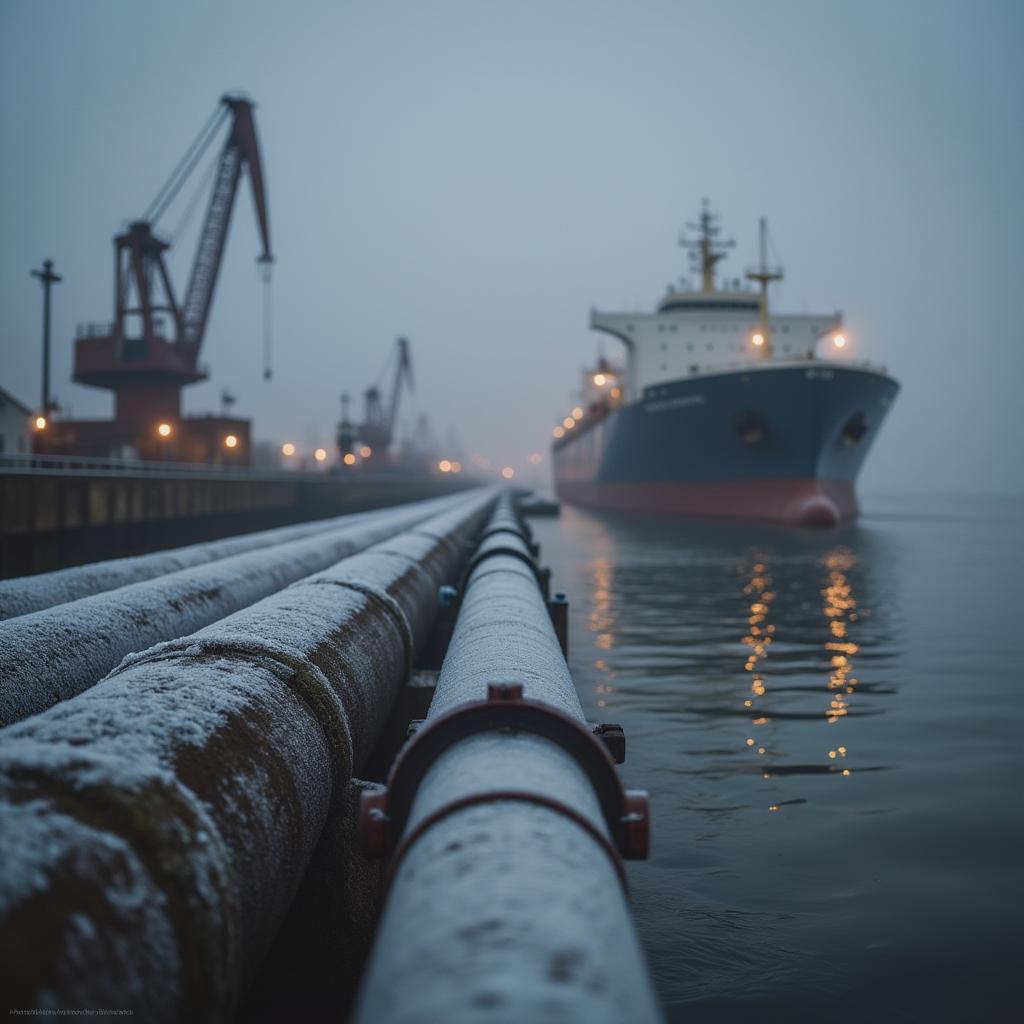
It’s been three years since Russia’s invasion of Ukraine threw Europe into an energy mess—and the continent is still feeling the heat. The good news? Europe has made big moves to break free from Russian natural gas. The not-so-good news? Energy prices are sky-high, and it’s taking a toll on the economy.
Take a look at Germany’s Elbe River, where tankers from the U.S. are now unloading liquefied natural gas (LNG) to keep factories running and homes warm. Over in Spain, towering wind turbines are spinning nonstop to pump energy into the grid. Even French government buildings are doing their part by keeping the thermostats lower in winter.
Since 2021, wind and solar power generation has jumped by about 50%, and new nuclear plants are in the works. But here’s the catch: Europe still can’t produce enough natural gas to meet its needs. That means relying heavily on imports, especially from the U.S.—and paying a steep price for it. Natural gas costs are about four times higher in Europe than in America, squeezing households and forcing some factories to shut down.
The invasion exposed just how much Europe depended on Russian energy, with natural gas making up around 20% of the continent’s consumption. “The energy seemed cheap, but it left us vulnerable,” a top European official recently noted.
While Europe has made progress, the situation is far from fixed. High energy costs continue to weigh on the economy, and the continent’s energy security remains shaky. It’s a tough reminder that breaking free from old habits—even those that kept the lights on—isn’t easy.
